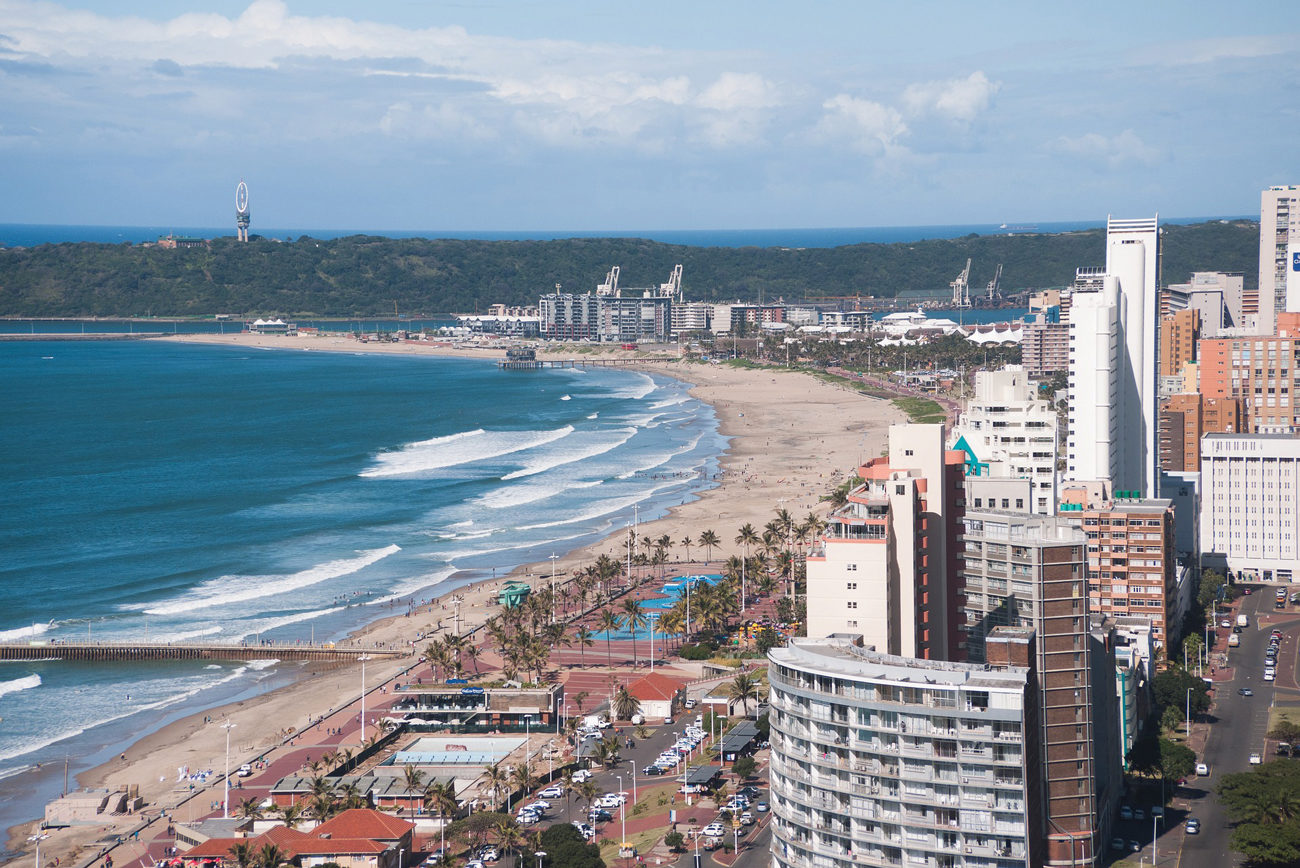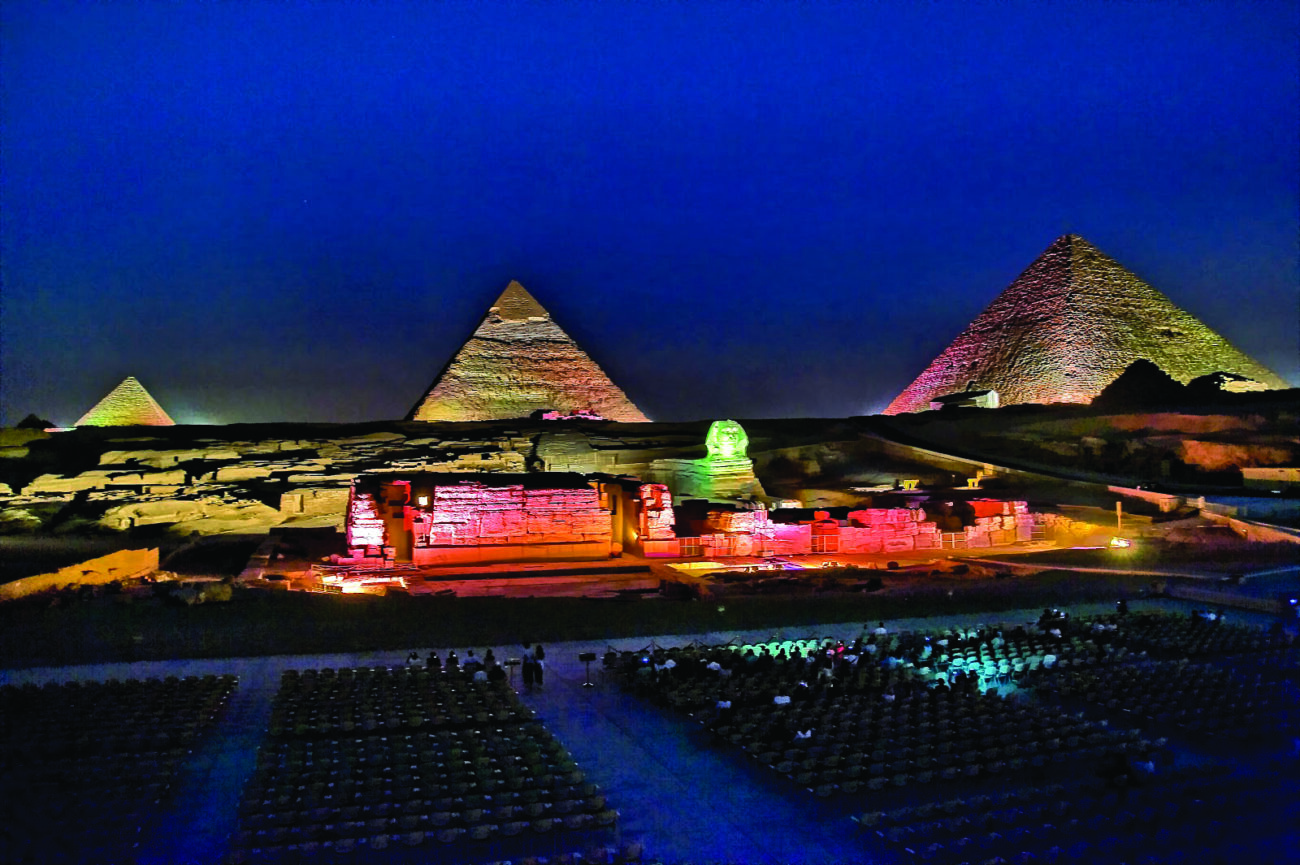The Many Shades, Sounds and Smells of Durban
As we deplane from our Cape Town/Durban flight, my friend asks if we are still in South Africa. I glare at her. But then, I think about it. Few North Americans go to Durban. Blessed with

As we deplane from our Cape Town/Durban flight, my friend asks if we are still in South Africa. I glare at her. But then, I think about it. Few North Americans go to Durban.
Blessed with natural beauty, the city sits on South Africa’s east coast. The aquamarine Indian Ocean slithers onto its gilded, sandy shore. Golden Mile Beach has a resort-like atmosphere. Across the street sits some art deco architecture. One tends to liken it to Miami Beach. But that is where the similarity ends. With its collage of colors, tastes, sounds and smells, Durban illuminates the senses.
This urban scene, a vibrant mix of cultures – British Colonialism, Zulu and Indian – has the biggest East Indian population outside of India. Beginning in 1860, Asian Indians were brought here as indentured slaves. They worked sugar plantations. By 1904, East Indians outnumbered white people. Mahatma Gandhi once practiced law in Durban.
Bargains and More
Locals will tell you that Victoria Street Market (151-55 Bertha Mkhize Street) in the Indian District has the best Indian food in the city. Savor spicy, curry dishes like bunny chow (hollowed out bread filled with bean curry and meat).
This enormous shopping area on the city’s east side has a madness about it. Noisy and crowded, vendors loudly call to prospective customers when hawking their medicines, meat, seafood, clothes and souvenirs. Bowls are piled high with vibrant colored spices of yellow, red and orange. Aromas from spice vendor stalls waft through the air. Bargaining for goods is the practice here. It isn’t to be missed. Be aware: you must watch your belongings and for pickpockets (as in all the Indian Districts). My best advice – hire a reliable guide.
Madressa Arcade, another shopping area in the district, offers brilliant bolts of fabric for making saris. Costume jewelry and bright buckets of spices line its narrow winding passage.
Another “must see” is the Jumah Mosque on nearby Grey Street. The largest mosque in the Southern Hemisphere, its colonial and Islamic architecture, golden-domed minaret and columned verandas pose a bright contrast to the deep blue sky. The interior can accommodate about 7,000 worshippers.
Find Muti (aka Muthi) Market near Victoria Market (Warwick Junction and Julius Nyerere St., Berea). Africa’s most extensive muti (traditional medical market) is the Zulu answer to Walgreens. Stalls lined with burlap bags overflow with colorful powders and potions made from seeds, plants, animals and bark. Alongside age-old Zulu medicines, find remedies touted to bring good luck (umuthi-wenhlanhla) and to help with communication (velabahleke). For further assistance with your ailments, traditional medicine men are also available.
With all the sights, sounds and aromas that the Indian District has to offer, Durban’s biggest attraction is the aptly named Golden Mile beach. Divided by piers, its gilt-colored sand stretches north to south from Vetch’s Pier to Suncoast. Many come to surf or to splash in the warm waters, which by the way, are protected with shark nets. Yes, it is usually crowded. But, there are water slides, lots of snack shacks, bars and a promenade. Zulu rickshaws are the most unique beach attraction. Once a major mode of transportation, only a few remain. These multi-colored rickshaws are steered by drivers dressed in brightly beaded costumes and headdresses. Hire one for a ride around the sand. Rickshaws garner a lot of attention as does the uShaka Marine World. It’s hard to miss.
Fun in the Sun
Situated between the beachfront and the harbor, this 39-1/2-acre (16-hectare) family destination has a giant ship for an entrance. Home to the largest aquarium south of the equator and a water park with 10 different rides and slides, this theme park will keep everyone busy. Plus, the Dangerous Creatures section has seals and penguin shows. Ziplines and rope adventures at Chimp & Zee make the more adventurous part of the group happy.
Sights and sounds rule at Maritime Beach (Victoria Embankment). BAT Centre focuses on local artists. Watch them sculpt and paint, listen to poetry readings and hear performances by local musicians. Africology features traditional dancing and teachings. Fine ceramics and fabrics are available at the craft shop.
The 1/2-mile long, treelined Florida Strip has more shopping – and nightlife. Edwardian architecture houses a variety of businesses including the African Arts Centre, coffee shops, an Apple store, a cigar store and a leather shop. Both the strip and the BAT Centre can be a bit seedy, so watch your belongings.
Much safer and just south of Durban sits Umhlanga (pronounced Umhshanga). Blessed with beautiful beaches, good restaurants and, my favorite guest house, Anchor’s Rest at Umhlanga Rocks (www.anchorsrest.co.za). Owners Peter and Cilla Rose are so warm and welcoming, I didn’t want to leave. It’s difficult to find but well worth the search. The accommodations have lovely sea views.
Most North American visitors to South Africa usually visit only Johannesburg, Cape Town, Krueger National Park and sometimes a private reserve. They should add a few more days to discover Durban’s vibrant sights, sounds and aromas.
For more information, visit www.durban.gov.za and www.durbantourism.com





